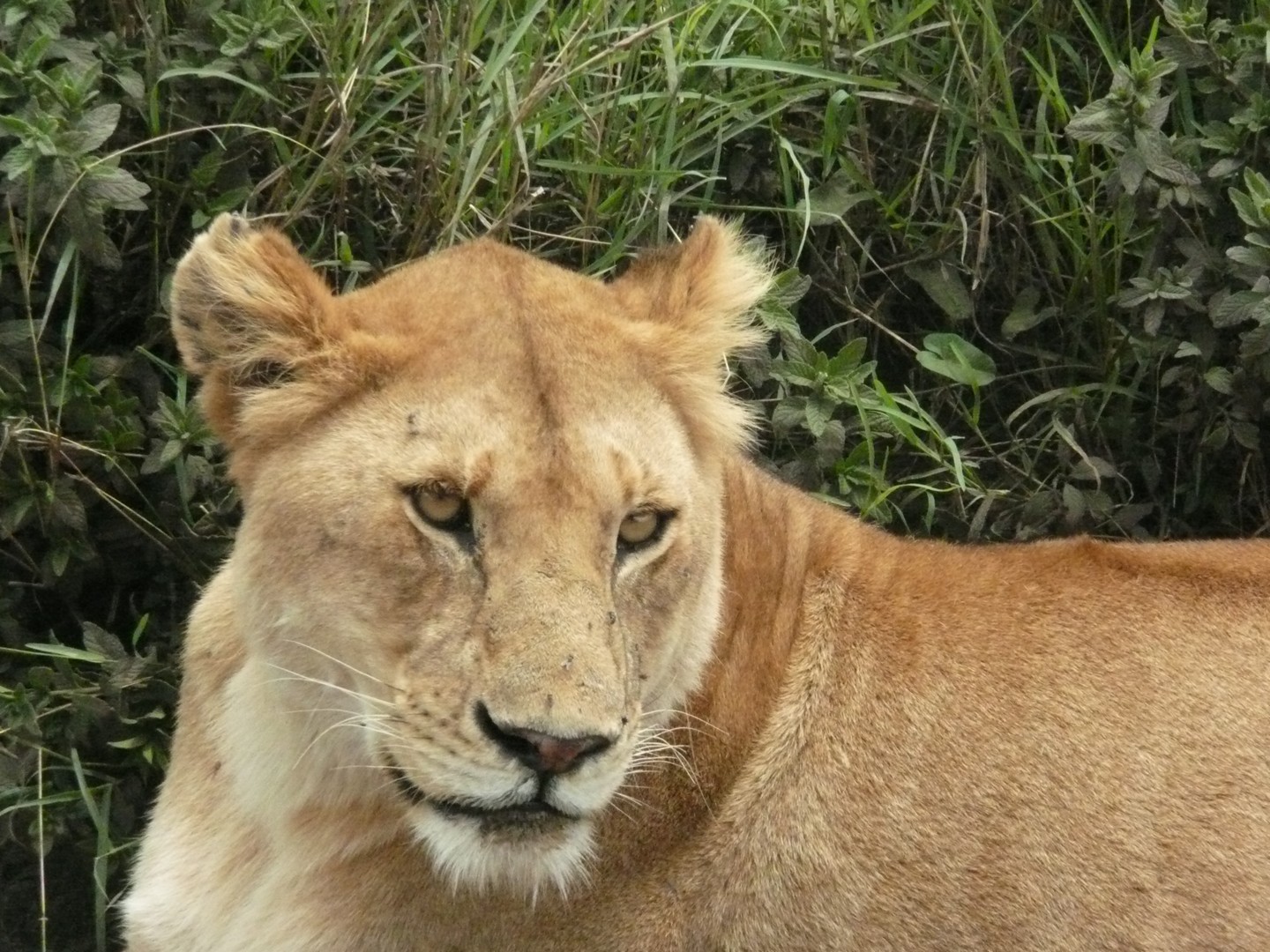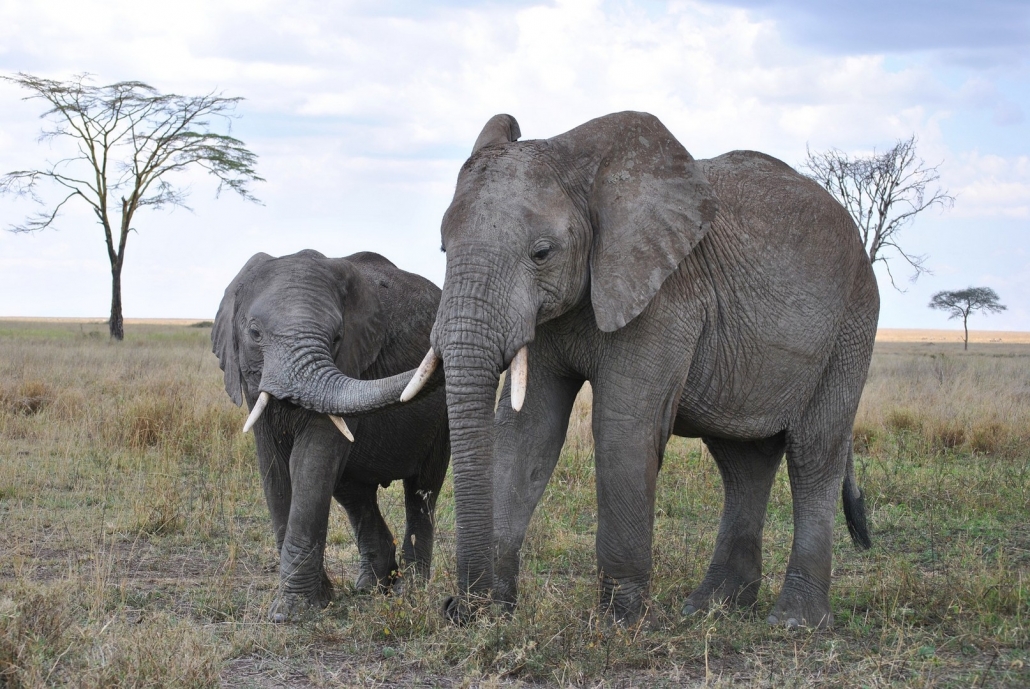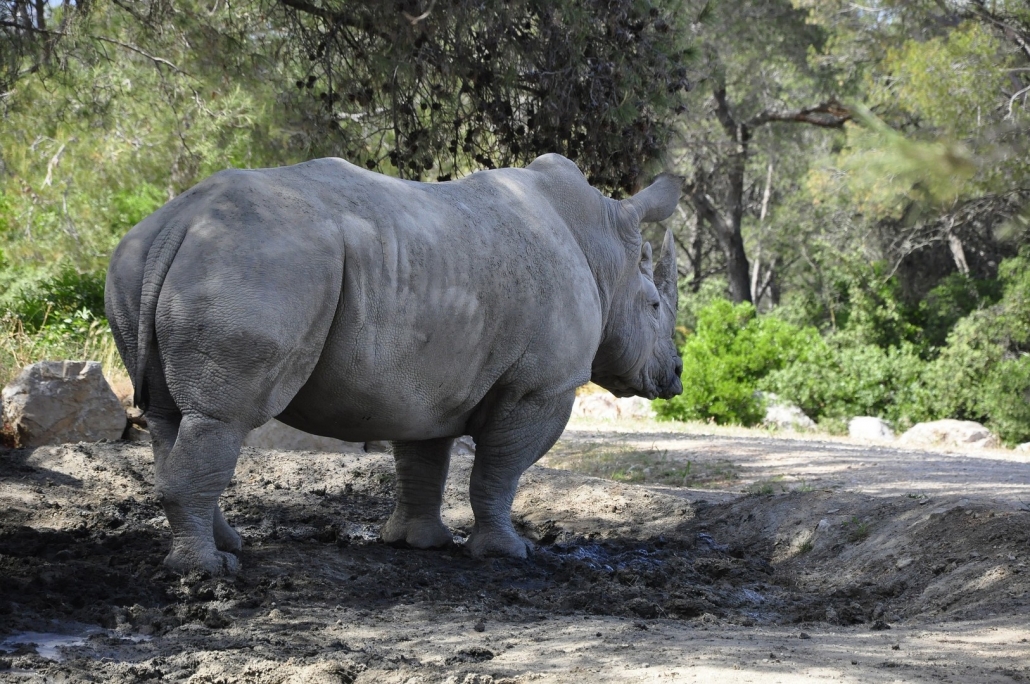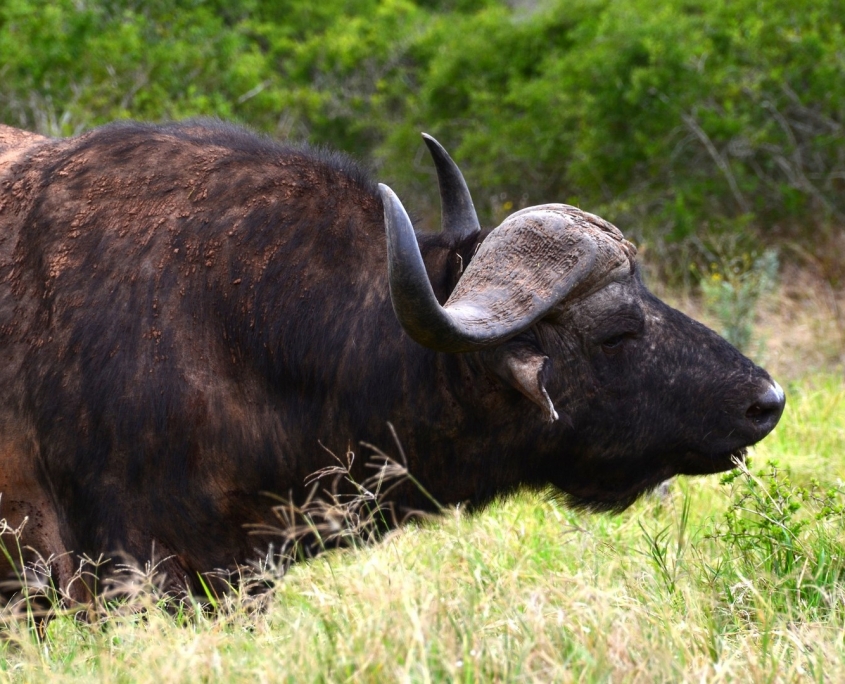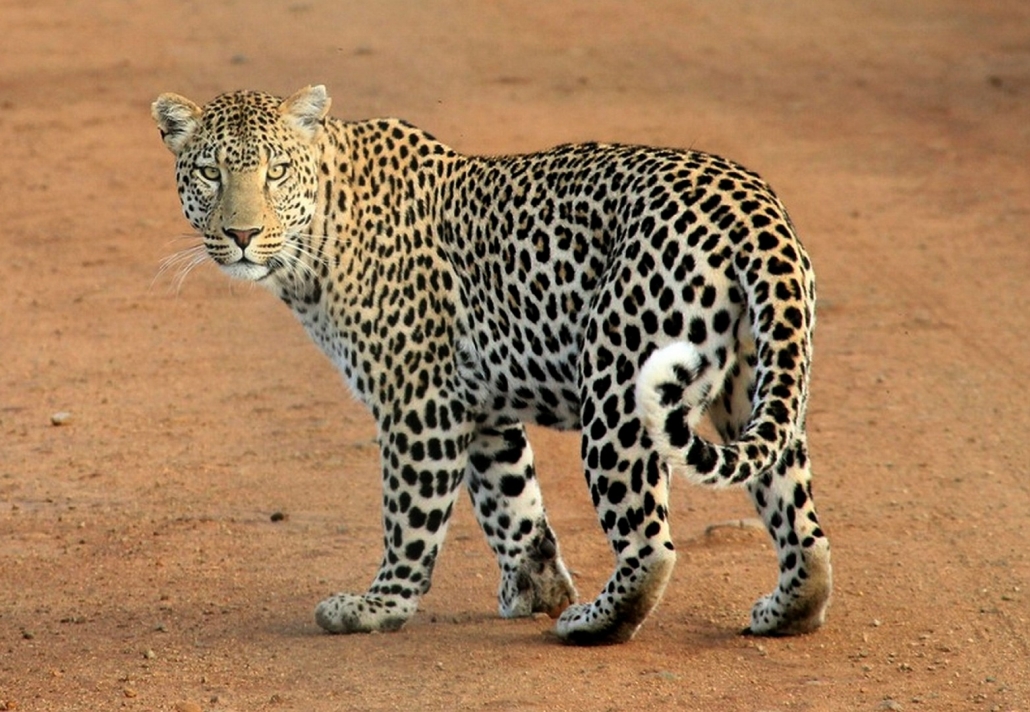Lion
Scientific Name: panthera leo
Family: cats (Felidae)
Habitat Northern Circuit: Lake Manyara, Tarangire, Ngorongoro, Serengeti
Population in Tanzania: ca. 15.000 (2010)
Diet: antelope, gazelle, gnus, buffalo, zebras
Head-and-body length: 140 – 250 cm
Weight: 120 – 270 kg
Sexual Maturity: ca. 4 years
Life Span: ca. 15 years (zoo animals up to 25 years)
IUCN Status: vulnerable
Lions are markedly social creatures and Africa’s largest predators. Lions live together in herds of ca. three males and about 6 to 12 female lions plus offspring. Usually it is the females that go hunting and feed the young. Male lions occupy and mark their own territory after they have defeated or driven away the alpha animals living in the region.
Elephant
Scientific Name: loxodonta africana
Family: elephants (Elephantidae)
Habitat Northern Circuit: Lake Manyara, Tarangire, Ngorongoro, Serengeti, Arusha
Population in Tanzania: ca. 43.000 (2014)
Diet: grasses, leaves, twigs
Head-and-body length: 250 – 750 cm
Weight: 3200 – 6500 kg
Sexual Maturity: ca. 12 – 15 years
Life Span: ca. 40 bis 80 years
IUCN Status: endangered
The African elephant, the most powerful land mammal in the world, is much larger than its Asian relatives and also has larger ears, making them easy to distinguish. Females and their offspring are usually spotted in herds led by a matriarch. Male elephants are usually found in small bachelor herds or as individual bulls. Tarangire national park is one of the best areas in Tanzania to view these majestic animals.
Black Rhinoceros
Scientific Name: diceros bicornis
Family: rhinocerotidae
Habitat Northern Circuit: Ngorongoro, Serengeti
Population in Tanzania: less then 1000
Diet: leaves, branches, twigs, bark, thorns
Head-and-body length: 280 – 360 cm
Weight: 800 – 2500 kg
Sexual Maturity: ca. 4 – 6 years
Life Span: up to 45 years
IUCN Status: critically endangered
Although the black rhino is one of the original Big Five ensemble, other rhino species are now also included. White and black rhinoceroses differ in size and the shape of their lips. As the name suggests, white rhinoceroses have a square lip, while black rhinoceroses have a pointed upper lip. Unfortunately the rhino is highly endangered by intensive poaching, the horn is considered a potency enhancer in Asia.
African Buffalo
Scientific Name: syncerus caffer
Family: bovidae
Habitat Northern Circuit: Lake Manyara, Tarangire, Ngorongoro, Serengeti, Arusha
Population: 100.000+
Diet: grasses
Head-and-body length: 240 – 340 cm
Weight: 300 – 900 kg
Sexual Maturity: ca. 4 – 5 years
Life Span: ca. 18 to 25 years
IUCN Status: least concern
The African buffalo (also known as Cape buffalo, Black buffalo or Steppe buffalo) can be regularly observed in very large herds. The animals resemble cattle, but one should not be fooled by their appearance. These buffaloes are incredibly strong and aggressive when provoked. Many Safari guides think of them as the most dangerous of the Big Five in Tanzania – even more dangerous than the giant hippos! Buffalo are the only members of the Big Five in Tanzania that are not classified as “endangered” or “threatened with extinction” on the IUCN Red List.
Leopard
Scientific Name: panthera pardus
Family: felidae
Habitat Northern Circuit: Serengeti, Ngorongoro, Tarangire
Population Tanzania: ca. 15.000 to 20.000
Diet: antelopes, wild boars, birds, zebras
Head-and-body length: 90 to 185 cm
Weight: 25 to 100 kg
Sexual Maturity: ca. 3 years
Life Span: ca. 12 to 18 years
IUCN Status: vulnerable
The leopard is an elegant but shy big cat, which makes a sighting more difficult. After a successful hunt (preferably at night) the loners move their prey into the safety of trees to keep scavengers and thieves away. They usually hunt smaller antelopes, but are opportunistic hunters and do not shy away from attacking even larger animals. These beautiful spotted cats are usually found alone or with their young.


